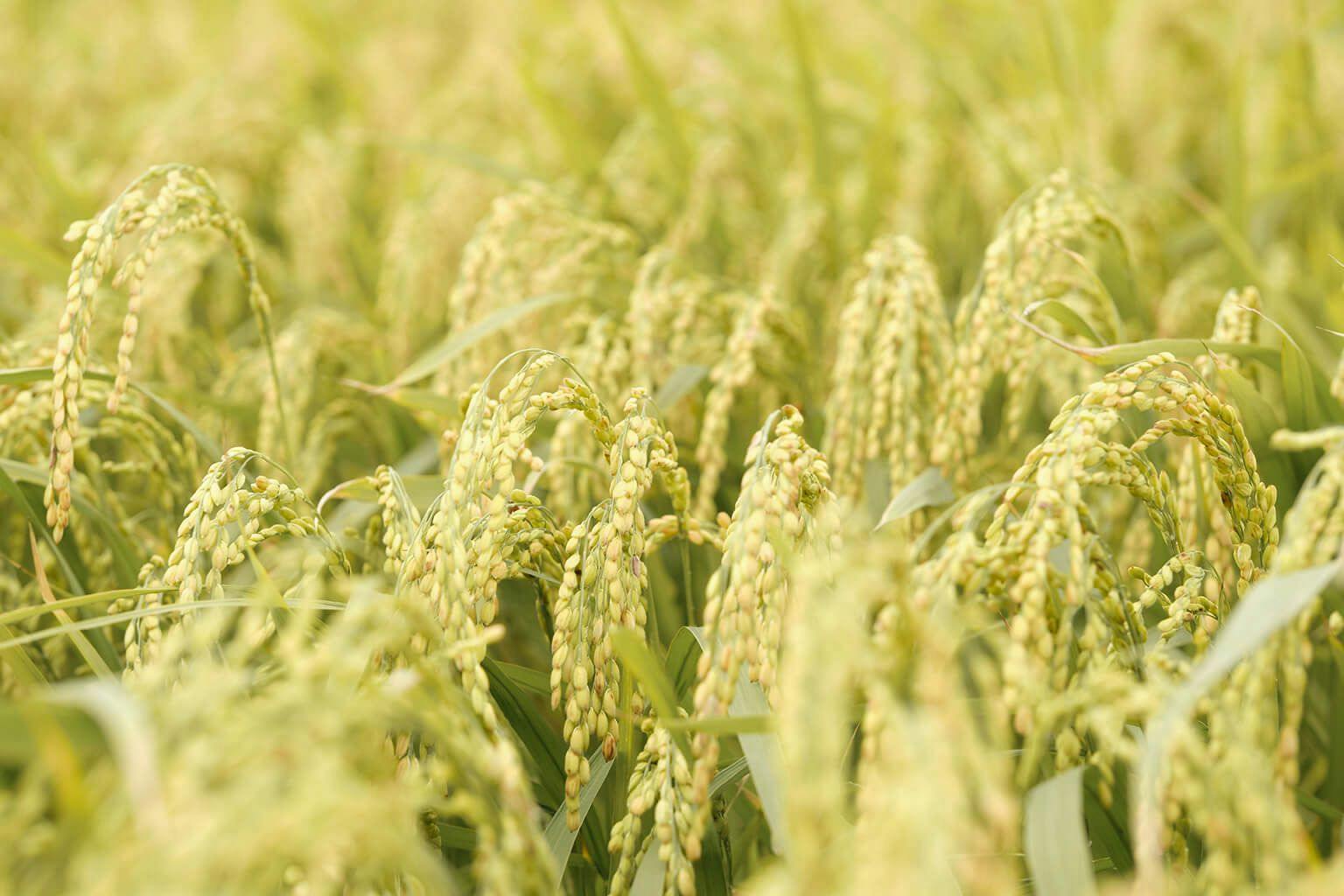What is Rice Polishing Ratio?
Table of Contents
When you are looking for sake, you might find a percentage on the bottle label typically ranging from 20% to 90%. This is not the alcohol level but the “Rice Polishing Ratio”(Seimaibuai), one of the distinguishing features of a sake brew.
But what does it mean to “polish” rice and why is it important?
1. What's the purpose of Rice Polishing?
Rice polishing is one of the most important steps in sake brewing. Seimaibuai indicates how much of the rice remains. For example, 60% Rice Polishing Ratio means 40% of rice is polished away and 60% of rice remains. Brewers decide how much of the rice should be broken down and which elements to pursue to compose the sake’s flavor and aroma. Rice polishing is one of the important processes to make more premium sake because rice brans and other external elements need to be polished away in this process.
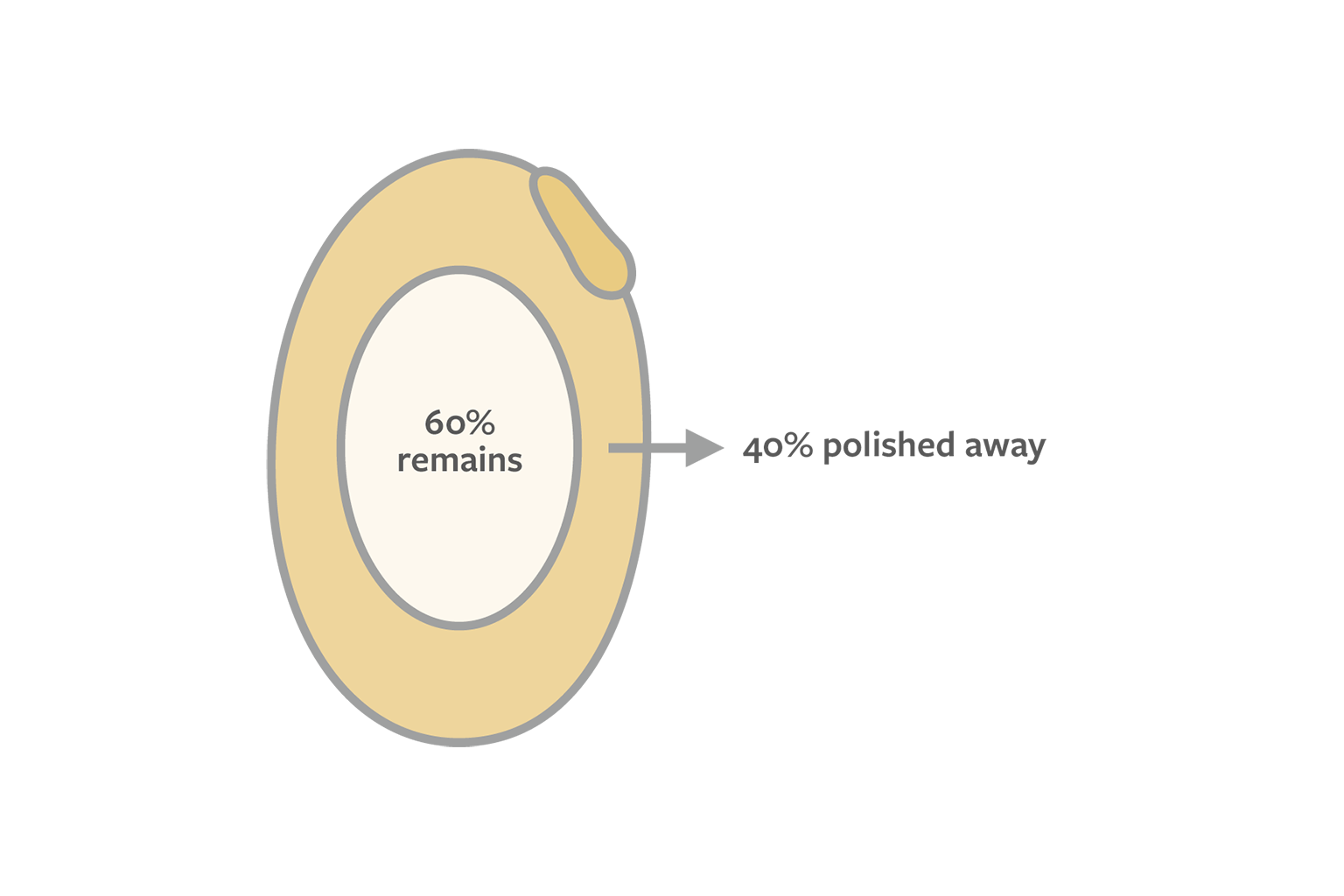
A lower percentage generally means more premium sake. For example, sake with a 50% rice polishing ratio is typically more premium than sake with a 60% rice polishing ratio which indicates that 40% of undesired elements (for this particular brew) has been milled away. There are other factors to creating premium sake such as the type of rice, yeast and technique of brewers, but selecting sake based on rice polishing ratio is a good and easy method for beginners.
2. How does rice polishing make sake taste different?
Rice polishing removes the exterior portion of the rice which is made up of protein and fat, leaving the interior which is made up of starch. Starch is used in saccharification (the conversion of starch to sugar) which is necessary to brew alcohol. However, exessive amount of protein and fat give sake less desirable taste like bitterness or sourness. Premium sake, which has a lower percentage of rice polishing ratio, tends to be a clearer sake.
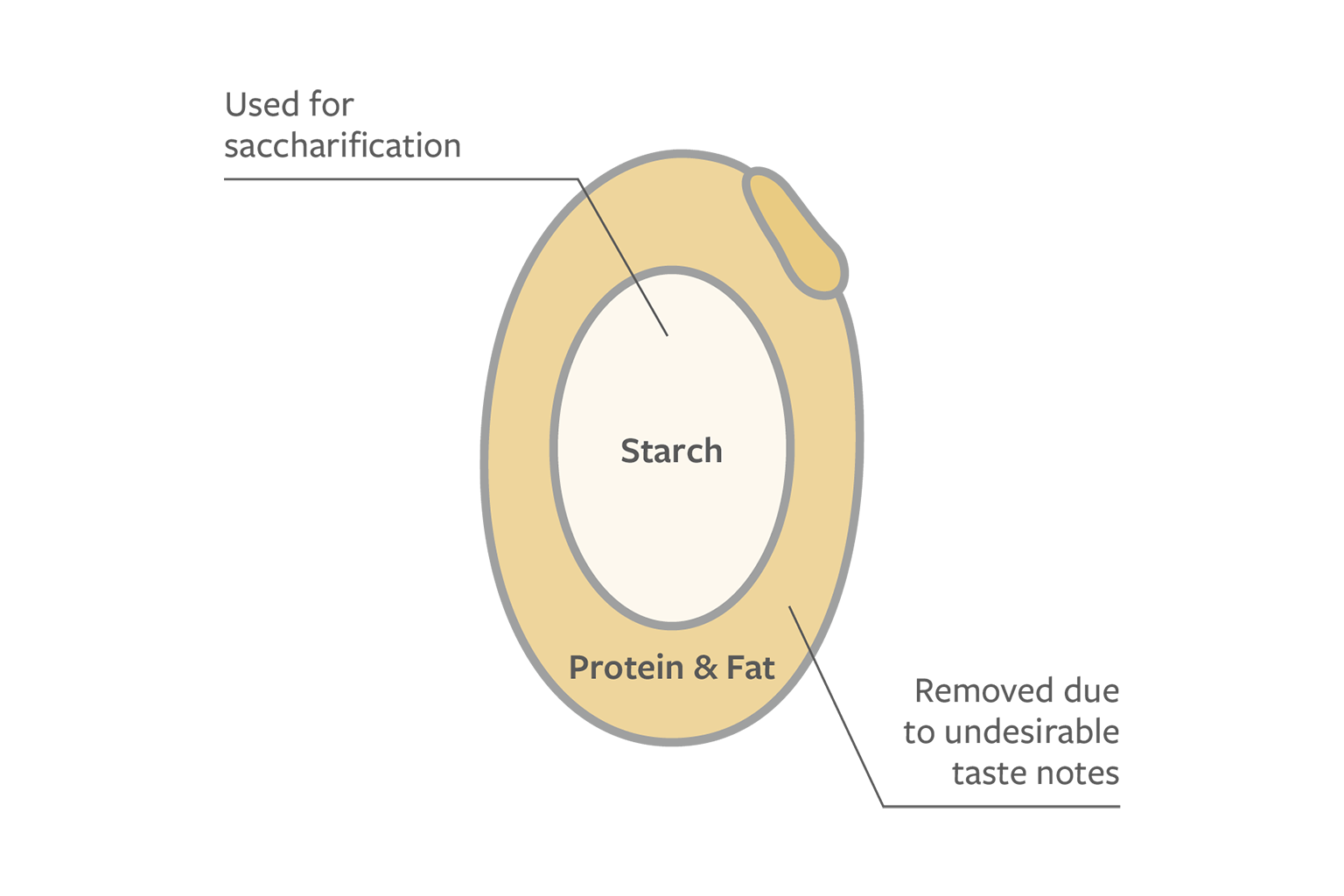
3. How is rice polished?
Vertical rice polishing machines are used in this process. A few breweries have their own machines and others hire polishing companies to do the task. These machines allow rice to fall down two large, spherical, spinning grindstones. Then, the rice is returned to the top by conveyor belts. This process is continued until the desired polishing ratio is achieved.
For 70% polishing ratio, it takes one day. (cheaper sake)
For 30% polishing ratio, it takes three days. (more premium sake)
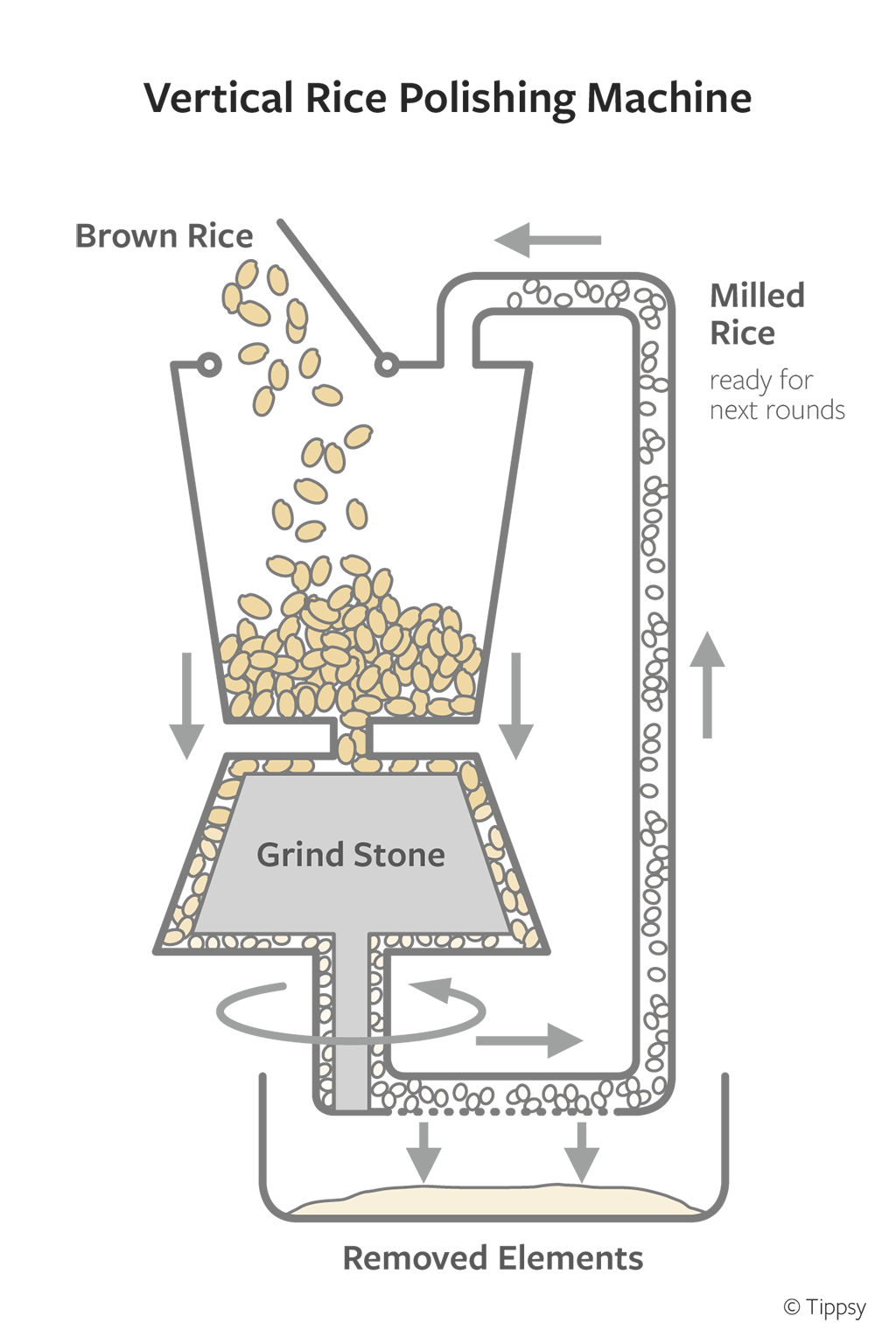
In Japan, it is part of our culture to drink sake during special celebrations, but you can also enjoy sake on any occasion, or give sake as a gift. Why don’t you celebrate something with sake?
Kampai!
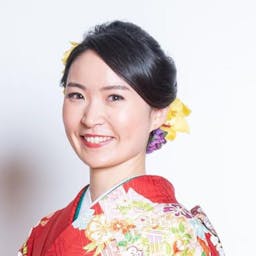
Seika Suzuki
As Miss Sake Niitaga 2019 and a graduate student of Niigata university majoring sake yeast, she always devotes herself to her studies. While she looks like an ordinary student putting her heart into science, she is also a sake sommelier. She loves sake not only in the matter of science but also in the matter of taste as one of the customers. By using her extensive knowledges and experiences, she will help you solve your questions of sake.
Learn about Tippsy’s Editorial process
Recent posts
All about sake
Sign up to receive special offers and sake inspiration!
